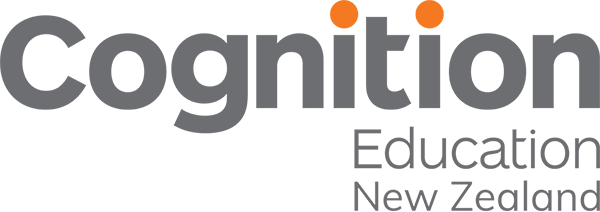Cognition Consultant, Del Costello shares five key factors that are present in schools well prepared for the implementation of the new Digital Technologies | Hangarau Matihiko curriculum content.
1. A well-prepared school has a positive culture around professional learning.
These schools have invested in the development of middle leaders who support their teams in an inquiry learning model. These schools encourage and, in many cases, have embedded systems that continually evaluate learners needs and celebrate teachers own learning journeys, knowledge and expertise. The concept of Ako is embedded and everyone is seen as a learner – students and teachers alike. When something new arrives on the doorstep, the door is opened with anticipation and excitement with the prospect of new learning energising teachers.
2. A well-prepared school has professional learning systems.
When schools can use data to inform their professional learning needs, they create agility that allows for the upskilling that is needed to facilitate changes in practise, now. They use a differentiated model for PLD and not a one size fits all approach. In these schools, the outdated rhetoric of “we’re going to ‘do’ Digital Technologies PLD in 2022” is long gone. The approach is “what do our learners need now, what are our capabilities and how do we fill gaps as soon as possible?”. With the right systems, culture and expectations in place, schools are well-positioned to respond to changes in curriculum with little or low impact on teacher workload.
3. A well-prepared school hasa deep understanding of their own practice.
Digital Technologies should weave itself seamlessly across all curriculum areas. This is done with ease when all the elements of best practice are evident and accessible. When collaborative practice, team planning, team teaching, learning progressions and assessment are in play. Then it facilitates the universal nature of digital technologies and allows it to slide seamlessly into the classroom. It’s not ‘extra work’ it’s different work. It’s serving the needs of our learners now and for the future. At the end of the day, that is what gets us all out of bed in the mornings – right?
4. A well-prepared school nurtures all levels of leadership internally and builds the capability of ‘champions’ in all curriculum areas, including Digital Technologies.
In the process of demystifying the new content, schools come to realise that many learners/teachers are already completing many of the required outcomes of the new curriculum. The process is as much about unpacking the language and finding evidence in existing practice, as it is about ‘upskilling’ the teachers and principals.
5. A well-prepared school makes informed decisions about their PLD.
There is no reason why schools who possess a positive professional learning culture and the systems to support this should feel overwhelmed. The Ministry of Education has clearly invested in a suite of quality resources for teachers, leaders and PLD consultants. While there is a limited pot for PLD funds, with the right systems in place, a school should be able to support their teachers without hundreds of extra PLD hours. Many schools have multiple professional learning needs and need time to work out where their priorities sit. However, by focussing on creating systems, nurturing leadership and leveraging the resources available, schools can successfully prepare themselves for the implementation of this exciting new curriculum content.

